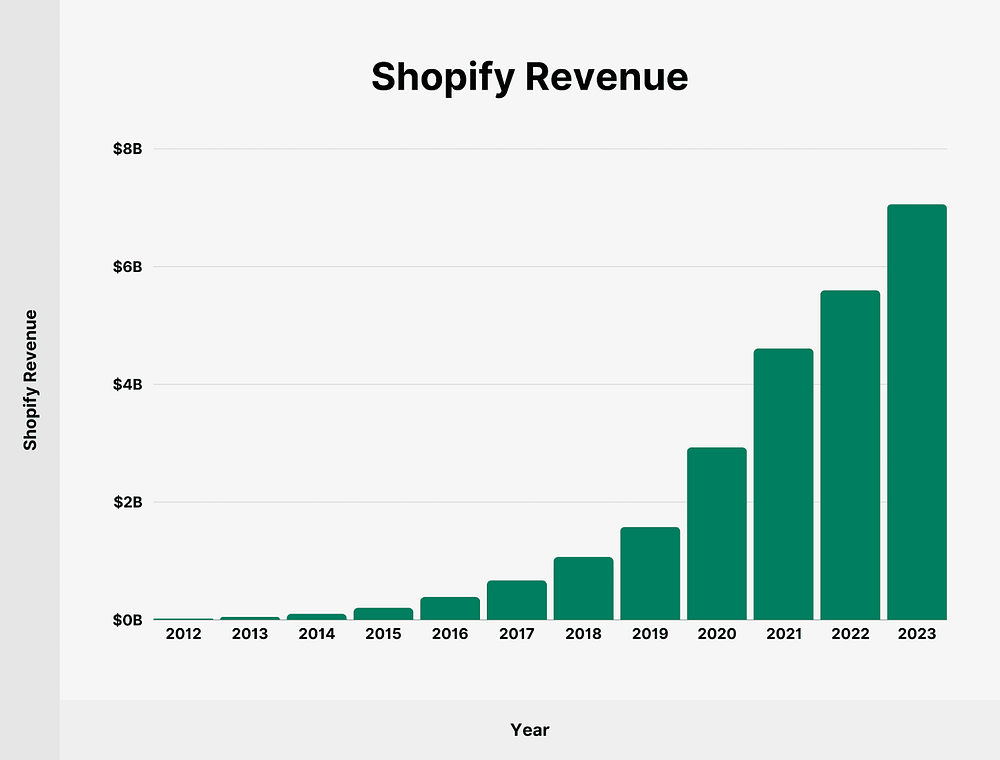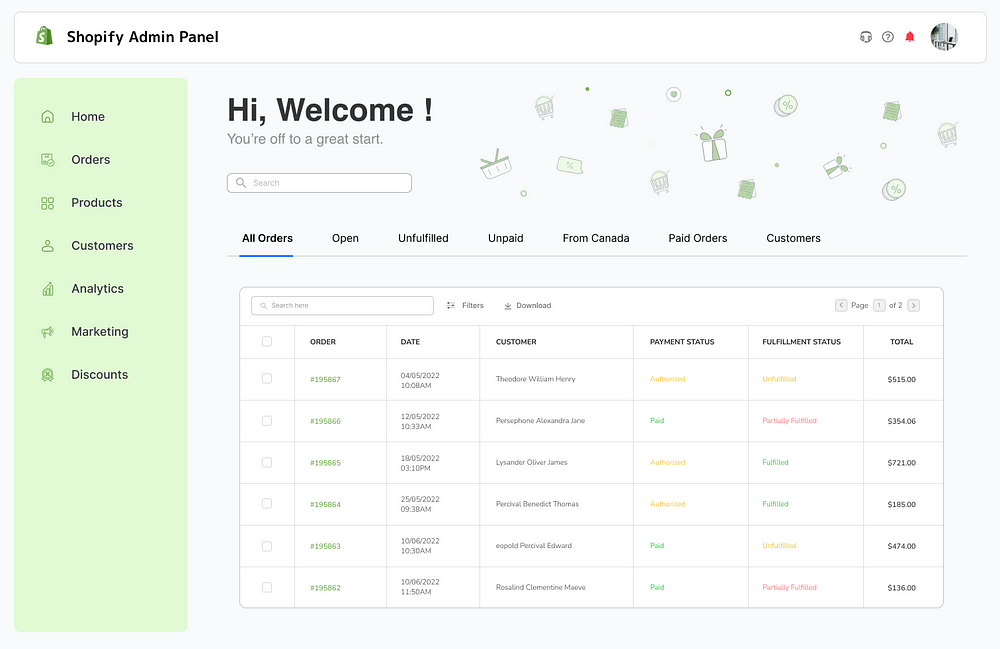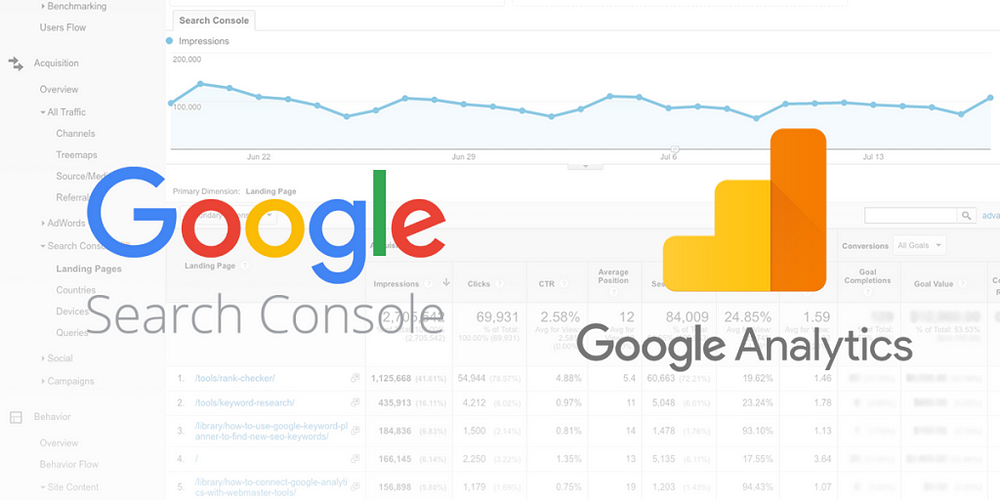Set up SEO scratch to success by optimizing SEO Shopify for better Google rankings and visibility.
Shopify has established itself as a key platform in the e-commerce field, with more than a million businesses relying on it to reach their clientele. More prominent brands like Red Bull, Netflix Merch Shop, Kylie Cosmetics, and Gymshark utilize Shopify to improve their operations and drive online sales. Let’s perfect your Shopify SEO optimization for enhanced Google rankings and increased visibility.

Shopify’s success became a favored choice for new sellers looking to launch their online businesses.
We should remember that Shopify is focused on e-commerce as a CMS. It has a major market share of 28% in the U.S. for online stores, compared to WordPress (with WooCommerce), which has only 17%.
Table of Contents
ToggleAdditional Perspectives on Shopify SEO Optimization
Shopify SEO Optimization operates on the same principles as SEO for other e-commerce platforms, but the main difference is that you need to use the tools available in Shopify and work within its restrictions.
The process includes improving content, product listings, and collections, just like you would for any e-commerce store.
Improving your product pages requires developing unique and comprehensive descriptions, optimizing title tags for specific searches, using structured data for products, incorporating high-quality images, and highlighting customer reviews to establish trust.
Collection pages need to target wider search queries through the use of unique descriptions and title tags to prevent keyword cannibalization. By implementing structured data for carousels and ensuring easy navigation, user engagement can be improved, leading to better visibility in search results and rankings.
How to Prepare Your Store to Optimize Shopify
Make sure your online store is equipped to handle traffic before you apply any Shopify SEO optimization methods.
The following is a checklist designed for pre-Shopify SEO optimization.
Initiate Your Shopify Store
The initial procedure for engaging with Google Search Console involves signing in and adding your website. By integrating Shopify SEO optimization best practices from the beginning, you will substantially boost your store’s ability to attain favorable search engine rankings as time progresses.
The initial action to take is to modify the default domain name assigned by Shopify during the store setup. Although the standard domain may meet the requirements initially, it is not conducive to effective branding or SEO.
By accessing your Shopify dashboard, you can seamlessly transition to a complimentary domain that aligns with your brand identity. For an even more impactful presence, consider acquiring a custom domain through Shopify. A thoughtfully selected domain name will aid customers in recalling your store and assist search engines in realizing your business’s focus.
Once your domain has been established, the next course of action is to determine the appropriate Shopify plan. While the allure of the 14-day free trial may be strong, this option does not provide sufficient time to implement and evaluate the results of your Shopify SEO optimization.
SEO is a gradual process, often requiring four months to a year for optimization efforts to yield tangible results, influenced by the techniques employed and the age of your website. Therefore, investing in a plan that supports sustained SEO development is advisable.
Additionally, guaranteeing that your Shopify store is mobile-friendly is a critical component for Shopify SEO optimization preparation. Google’s transition to mobile-first indexing shows just how vital your site’s mobile version is, as it is now the primary factor in ranking evaluations. It is crucial to have a theme that is compatible with mobile devices. All designed Shopify themes are mobile responsive, but it is always advisable to ensure that the theme you have selected is also mobile friendly.
Configure Google Search Console in conjunction with Google Analytics.
To monitor user behavior and troubleshoot technical issues on your website, start by setting up a Google Marketing Platform in Google Analytics. Log in and navigate to the Analytics section, where you’ll click “Set up” and select “Start measuring” to proceed. On the “Create an account” page, enter your account name, which is generally the name of your business or website, and specify the data you are comfortable sharing with Google.
Next, configure your property by entering your website’s name, selecting your preferred time zone and currency, and answering a few basic questions about your business. Once you outline your objectives and accept the terms of service, you can create a data stream for both web and app platforms, ensuring separate streams for each. After completing these steps, you’ll have the tools to analyze user behavior effectively and enhance Shopify SEO optimization for your online platform.
Start by logging into Google Search Console and adding your website as the first step. To add a property, select the “Add Property” option and enter the URL of your homepage. Verify your site using one of three methods: upload an HTML file, add a CNAME or TXT record, or insert a code snippet into your homepage header. After verification, set your target country by going to the International Targeting section and selecting your preferred country. To improve Shopify SEO optimization, link your Google Analytics account with GSC by navigating to Admin > Property Settings > Adjust Search Console.
Check the Security Issues section regularly to ensure your site’s safety. Submit a sitemap to Google to enhance indexing. If you use WordPress with Yoast, this process is simple, but you can also create a sitemap manually and submit it in the “Sitemaps” section. Following these steps not only improves your site’s visibility but also provides valuable insights for better SEO and user engagement.
After you register your site as a property in Google Search Console, you will gain access to performance reports that can assist you in enhancing your technical SEO.
Also visit:
Add a Project in Semrush
No need to switch between GSC and GA4 for monitoring. Create a Semrush project to access a centralized dashboard with all your domain data. Go to the “Projects” page on Semrush, input your domain, and follow the simple steps. You can also invite team members, collaborators, or organizations to join. Once set up, enhance your project by linking Google services, including GA4 and GSC, for seamless integration. Semrush then becomes your go-to hub for data-driven insights and Shopify SEO optimization, streamlining your website monitoring and improving overall performance.
By integrating GA4 and GSC with Semrush, you unlock two vital sources of information for analyzing organic traffic insights, in addition to the keyword ideas offered by Semrush. This includes data from GSC and GA4 that highlights your top-performing pages and conversion metrics from GA4, allowing you to identify which pages are generating the highest conversions.
Must-Have Tools for Shopify SEO Optimization
Shopify includes an array of features and settings that support the enhancement of your store’s search engine optimization. To take your Shopify SEO optimization to the next level, consider using some of the recommended apps that have been identified.
1. Schema Plus for SEO If you’re looking to add structured data to your store but your Shopify theme lacks schema markup capabilities, consider using Schema Plus for SEO. This tool simplifies the process of converting elements like review stars and product prices into structured data, all without the need to tinker with your theme’s code.
2. SearchPie SEO & Speed Optimize With SearchPie SEO & Speed Optimize, you gain access to a powerful SEO suite that empowers you to refine key SEO components, including meta tags and the detection of broken links.
3. Bloggle: Blog builder for Shopify Building a polished blog on Shopify can be quite difficult due to its limited native blogging capabilities. Bloggle is a specialized blog builder for Shopify that enhances the aesthetics and user experience of your blogs while also boosting their SEO performance, thanks to an integrated scoring tool.
4. SEO Bulk Image Optimize SEO Bulk is an invaluable free resource designed to enhance your image optimization efforts. With this tool, you can effortlessly add alt text, rename image files, compress them for faster loading, and track how these changes affect your page speed, all from one convenient platform.
Take a look at this thorough guide to Shopify SEO optimization strategies for your store. Should you utilize all of these techniques? It depends.If you are looking to learn SEO for an eCommerce website, join an institute that provides hands-on experience with live projects and offers the best digital marketing training in Kochi.
For you to learn by yourself, there are some basic search engine optimization features that are available on Shopify, but they may not be sufficient to help you dominate the results page. To outperform your rivals, you require specific instruments and approaches. If you want to increase organic traffic and attract more customers, start with the techniques in this guide and consider using tools like Exploding Topics and Semrush. Also, explore other resources from Backlinks, such as the E-commerce SEO Guide, which pairs well with this one.
Outdated SEO practices can damage your internet site’s ratings and credibility in today’s competitive digital landscape. Understanding and avoiding outdated SEO practices is critical for long-term success. Following outdated SEO practices could result in penalties and low rankings as search engines change. Methods like duplicate content, poor link building, and keyword stuffing are no longer useful and might have a negative impact on user experience. Focusing on moral, user-centered strategies that work with contemporary algorithms is crucial for success. You may increase the visibility, credibility, and general success of your website by recognizing and getting rid of these outdated SEO practices. Let’s examine the SEO tactics you must instantly reject in order to maintain your lead in this highly competitive field.
The Importance of Avoiding Outdated SEO Practices

Some outdated SEO practices that hinder ranking and suggestions for more effective approaches.
- Focusing on quantity over quality
Among the many outdated SEO practices, prioritizing the quality of backlinks over their quantity is crucial. Google can detect if a site is gaining links at an unreasonable rate. It no longer works to publish a lot of poor-quality articles in an effort to dominate keywords.
- Valuable, thoroughly researched material that speaks to user intent is given priority by search engines.
- Higher bounce rates and lower rankings can result from redundant or poorly written material.
2. Keyword Stuffing
- Gone are the times when you could rank by cramming your content material with as many keywords as viable.
- Outdated SEO practices like keyword stuffing can make your content unreadable.
- Lead to consequences from search engines.
- Instead, pay attention to writing certainly and incorporating key phrases seamlessly into your content.
3.. Over-Optimized Anchor Text
- Using precise-suit keywords in each hyperlink might have labored in the past; however, it’s now considered a manipulative practice. Over-optimized anchor textual content can:
- Trigger crimson flags with serps.
- Resulting in unnatural hyperlink profiles.
- Use a mix of branded, familiar, and descriptive anchor texts for a balanced technique.
- Slow loading speed
A slow-loading website can increase the bounce rate which can negatively impact your ranking. Slow-loading websites irritate visitors and raise bounce rates. For a better user experience, search engines give preference to websites that load quickly.
Make sure that the code, pictures, and server response time are optimized.
- Relying on Low-Quality Backlinks
- Quantity over nice doesn’t work inside the one-way link internationally anymore. Damage your area authority.
- Lead to consequences.
- Focus on constructing relationships with reputable sites and incomes, and outstanding backlinks organically.
- Creating Thin Content
- Content that lacks depth or cost would possibly rank briefly but won’t preserve its role. Thin content material consists of:
– Duplicate content.
– Articles with little to no beneficial facts.
- Invest time in growing complete, well-researched, and engaging content material that solutions your target audience’s queries.
- Ignoring Mobile Optimization
- With cell-first indexing, engines like Google ordinarily use the cell model of your website for rating. Neglecting cell optimization can bring about:
– Poor person revel in.
– Lower rankings on search engine results pages (SERPs).
- Ensure your web page is cellular-friendly, with fast loading instances and a responsive layout.
- Overlooking Page Speed
- A slow-loading internet site frustrates users and affects your scores. Common culprits encompass:
– Unoptimized images.
– Excessive use of plugins.
– Poor server overall performance.
- Use equipment like Google PageSpeed Insights to discover and attach problems slowing down your web page.
- Using Clickbait Titles
- While catchy headlines would possibly force clicks, they are able to backfire in case your content doesn’t deliver on its promise. High bounce costs and occasional engagement tell engines like Google your content material isn’t valuable, leading to:
– Lower scores.
– Loss of credibility together with your target market.
- Craft sincere, compelling titles that mirror your content’s price.
- Neglecting User Experience (UX)
- Search engine optimization isn’t pretty much search engines like Google; it’s about customers. Poor UX practices like intrusive pop-ups, tough navigation, or a cluttered layout can pressure visitors away. A high bounce rate tells search engines that people aren’t getting what they expect from your website.
- Depending on outdated SEO practices
- Tactics like article spinning, automatic hyperlink building, and immoderate tagging are outdated SEO practices and dangerous. Modern search engine optimization is ready and satisfactory over the amount.
- And constructing an authentic reference to your target market.
User experience, quality, and relevancy are given top priority in effective SEO. Keep clear of outdated SEO practices that damage rankings and trustworthiness, such as keyword stuffing, poor backlinks, and clickbait titles. Penalties or reduced visibility may result from over-optimizing anchor text, ignoring mobile optimization, and producing shallow content. Instead, concentrate on creating informative, well-researched content that satisfies user intent, employing a variety of anchor texts, and cultivating backlink partnerships with trustworthy websites.
Ensure mobile responsiveness, optimize page performance, and offer a smooth user experience. Keep abreast of developments and concentrate on establishing credibility and lasting value because search engines reward initiatives that truly serve users.
Staying updated with SEO trends.
Staying updated with search engine marketing developments is essential for maintaining and improving your internet site’s search engine performance.
- Follow reliable search engine optimization blogs.
Subscribe to enterprise-leading blogs like Moz Blog, Search Engine Journal, Ahrefs Blog, Neil Patel, and Backlinko.
- Google Updates
Keep a watch on Google’s legitimate bulletins through the Google Search Central Blog.
Monitor a set of rules, and adapt your techniques accordingly.
- Use search engine marketing Tools
Tools like SEMRush, Ahrefs, Google Analytics, and Google Search Console regularly offer trend insights.
- Engage in Forums and Communities
Join search engine optimization agencies on LinkedIn, Facebook, and Reddit. Participate in discussions to research from experts and peers.
- Attend Webinars and Conferences
Participate in occasions like SEMRush Webinar Series, BrightonSEO, or neighborhood SEO meetups.
- Experiment and Analyze
Test new techniques and analyze performance frequently. Experimenting allows in information how tendencies paintings in real eventualities.
- Follow Industry Leaders
Stay up to date by using the following search engine optimization influencers.
- Regular Training
Enroll in search engine marketing guides on platforms like LinkedIn Learning to refresh your understanding.
- Monitor Competitors
Use tools to analyze your competition’ search engine marketing strategies and undertake trending approaches that match your niche.
- Adapt for AI and Voice Search
Optimize for voice search and AI-pushed seek tools, as those have become increasingly more famous.
Maintaining and improving your website’s performance in search engine rankings requires keeping up with SEO advancements. You may stay ahead of the curve by using SEO tools, participating in professional networks, attending relevant meetings and events, monitoring Google updates, and reading reputable SEO blogs.
Regular research and experimentation provide useful knowledge, and keeping an eye on rivals and adjusting to developments in voice search and artificial intelligence guarantee that your tactics continue to work. Not just that, your learning also matters. Always look for the updated and best digital academy around Kerala when searching for the latest courses. Maintaining a competitive edge in the ever-changing SEO landscape will require ongoing learning via training and observation of industry leaders.
To keep ahead in the ever-changing SEO landscape, avoiding outdated SEO practices is important for maintaining your website’s performance. You must adopt modern methods and maintain clear of outdated SEO practices that might impair the functionality of your website. You can get higher ranks, establish trust, and guarantee long-term success by putting quality before quantity, enhancing user experience, and keeping up with changing trends. Instead of being a one-time event, SEO is an ongoing process that gains from flexibility and creativity. To attain lasting growth, stay current, concentrate on value, and match your tactics with search engine standards.




